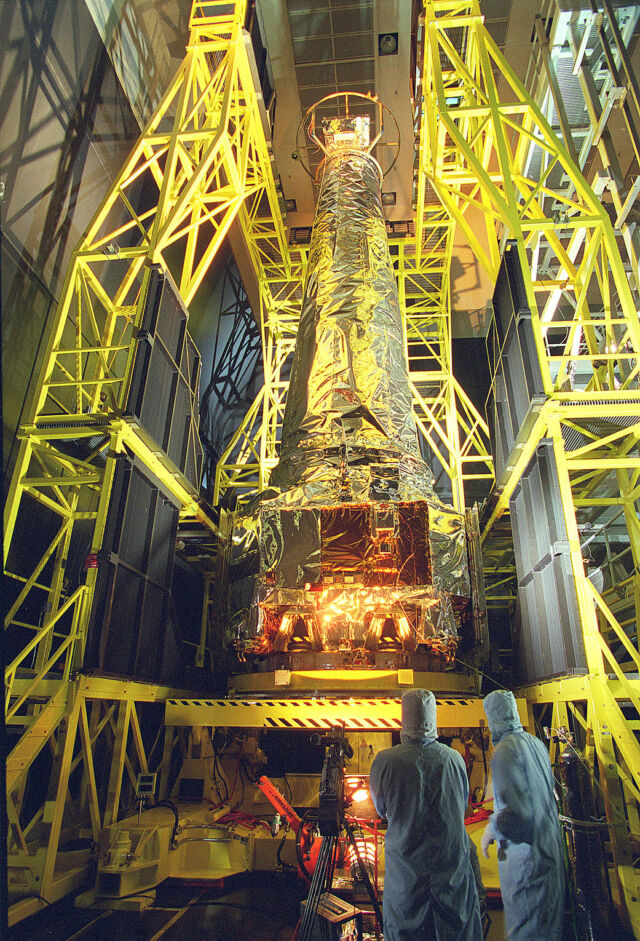“Not a bluff”—NASA’s budget would shut down long-lived Chandra telescope

NASA launched the Chandra X-ray Observatory 25 years ago this week, opening a new eye on the Universe and giving astronomers vision into unimaginably violent cosmic environments like exploding stars and black holes. But Chandra’s mission may soon end as NASA’s science division faces a nearly billion-dollar budget shortfall.
NASA says it can no longer afford to fund Chandra at the levels it has since the telescope launched in 1999. The agency has a diminished budget for science missions this year, and the reductions may continue next year due to government spending caps in a deal reached between Congress and the Biden administration last year to suspend the federal debt ceiling.
Congress and the White House have prioritized funding for NASA’s human spaceflight programs, primarily the rockets, spacecraft, landers, spacesuits, and rovers needed for the Artemis program to return astronauts to the Moon. Meanwhile, the funding level for NASA’s science mission directorate has dropped.
Mark Clampin, director of NASA’s astrophysics division, said the agency doesn’t want to shut down Chandra, but it must find savings somewhere.
“This is a zero-sum game discussion, so if we continue to operate and Chandra at the previous levels, we will be canceling something else,” Clampin told NASA’s Astrophysics Advisory Committee on Tuesday. Clampin said NASA is trying to balance the costs of continuing to operate aging missions, like Chandra, with spending on next-generation telescopes, such as a large observatory, to look for habitable worlds around other stars.
Scientists are trying to fight back against the proposed cuts, but time is running out. NASA’s current budget runs out September 30, and if next year’s planned budget goes into effect, dozens of scientists and engineers operating Chandra will lose their jobs. Grant Tremblay, an astronomer who works on Chandra, said managers will issue notices of impending layoffs on August 5. Their positions would be terminated at the end of September.
“Most have families, kids in school, roots planted, and so a huge number will be forced to leave astronomy,” Tremblay said.
Chandra is the most powerful X-ray telescope ever built, with optics and detectors sensitive to the glow emanating from debris scattered by the cataclysmic explosions of old stars. Chandra’s high-resolution imaging capability has made it a black hole hunter. Astronomers can’t directly observe black holes, but X-rays emitted by the material swirling around them provide insights into their structure and behavior.

Named for the late Indian-American astrophysicist Subrahmanyan Chandrasekhar, the observatory orbits on an oval-shaped path around Earth that takes it a third of the way to the Moon. X-rays don’t penetrate Earth’s atmosphere, so observing them requires putting a telescope in orbit. Astronomers often combine Chandra X-ray data with similarly exquisite observations from the Hubble Space Telescope and James Webb Space Telescope in other wavelengths of light.
“For a quarter century, Chandra has made discovery after amazing discovery,” said Pat Slane, director of the Chandra X-ray Center located at the Smithsonian Astrophysical Observatory, in a NASA press release. “Astronomers have used Chandra to investigate mysteries that we didn’t even know about when we were building the telescope—including exoplanets and dark energy.”
Source link




